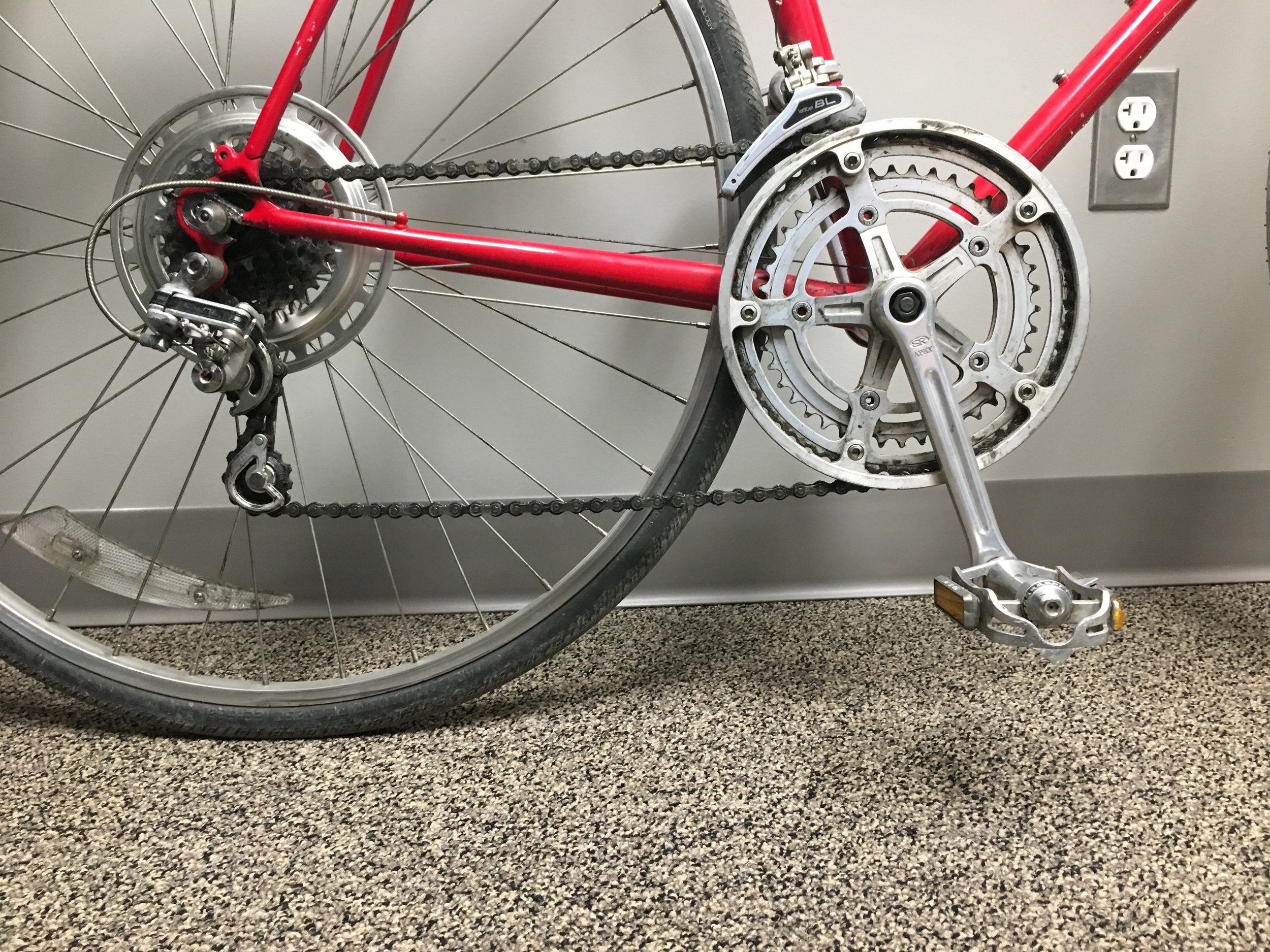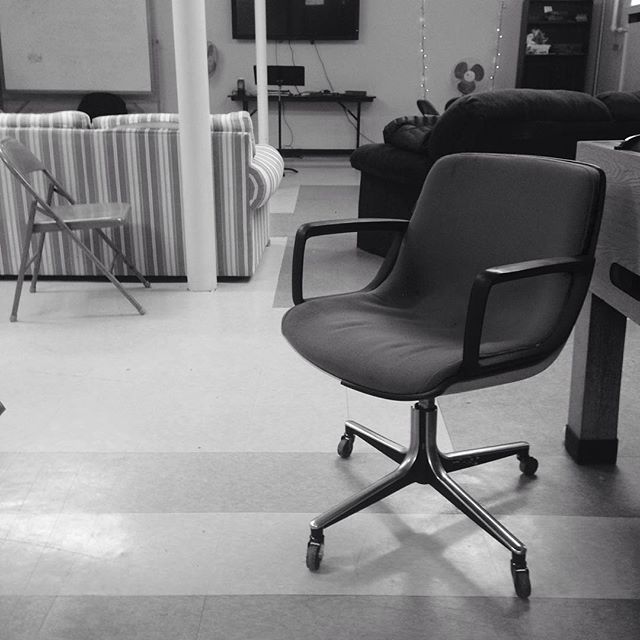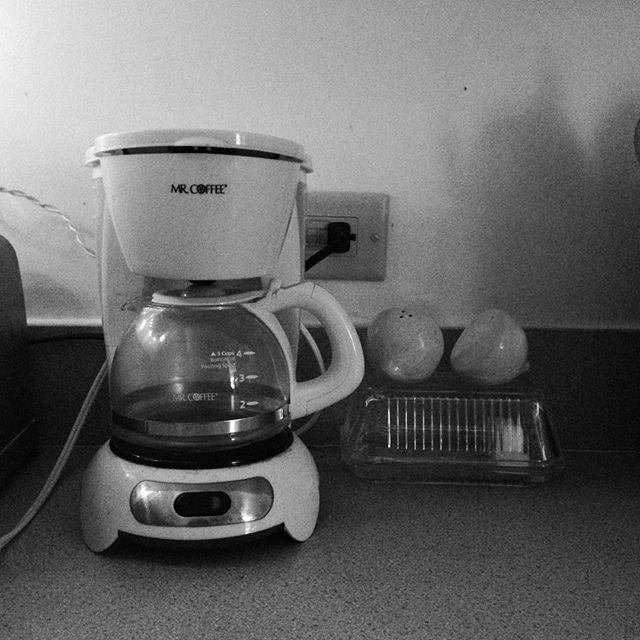This morning I saw a dozen sparrows chipping through the ice of a frozen puddle in the parking lot. Each one persistently pecked and suddenly when one broke through the ice, they all did. They did small birdlike things with the water—drank, bathed, refreshed—and hopped around merrily.
Few things look as cheery as a sparrow. He hops around, tilting his head left and right, leaning forward to peck the ground, hopping more, and flitting a yard at a time. The staccato precision of his movements and the sparkle in his beady black eye signal mischievous intent, and his mottled brown feathers, though not vivid, are beautiful.
Civilla D. Martin was also fascinated by sparrows. Born in 1866, she was a schoolteacher. She likely spent her days surrounded by children who were keen on awe and wonder—and you'd imagine that's where she noticed the sparrow, but it wasn't.
In the spring of 1905, Civilla and her husband, Walter, were in New York. They became close friends with a couple named Mr. and Mrs. Doolittle—true saints of God. The wife was 20 years bedridden, the husband an incurable cripple who traveled to work in a wheelchair. Yet, though their griefs should have been many, they lived happy Christian lives, bringing inspiration and comfort to everyone they met. One day, Walter asked the Doolittles for the secret of their bright hope. Mrs. Doolittle had a simple response:
His eye is on the sparrow, and I know He watches me.
Walter and Civilla, gripped by her simple expression of boundless faith, wrote a song. It drew from Mrs. Doolittle's original inspiration, Matthew 10:29–31.
Conviction well expressed carries art a long way. More than a hundred years later, a hymn inspired by a bedridden woman and a small brown bird is still around—and still rings absolutely true.
* See the whole story of His Eye is On the Sparrow.
Why should I feel discouraged, why should the shadows come,
Why should my heart be lonely, and long for heav’n and home,
When Jesus is my portion? My constant Friend is He:
His eye is on the sparrow, and I know He watches me;
His eye is on the sparrow, and I know He watches me.
I sing because I’m happy, I sing because I’m free,
For His eye is on the sparrow, and I know He watches me.
“Let not your heart be troubled,” His tender word I hear,
And resting on His goodness, I lose my doubts and fears;
Though by the path He leadeth, but one step I may see;
His eye is on the sparrow, and I know He watches me;
His eye is on the sparrow, and I know He watches me.
Whenever I am tempted, whenever clouds arise,
When songs give place to sighing, when hope within me dies,
I draw the closer to Him, from care He sets me free;
His eye is on the sparrow, and I know He watches me;
His eye is on the sparrow, and I know He watches me.









